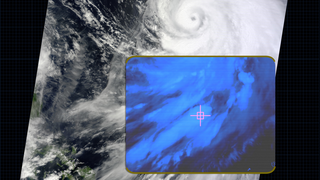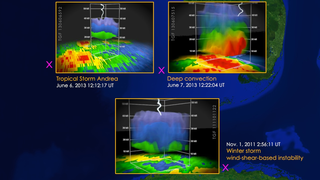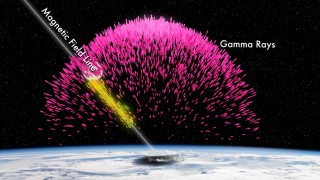Fermi Improves Its Vision For Thunderstorm Gamma-ray Flashes
The outbursts, known as terrestrial gamma-ray flashes (TGFs), last only a few thousandths of a second, but their gamma rays rank among the highest-energy light that naturally occurs on Earth. The enhanced GBM discovery rate helped scientists show most TGFs also generate a strong burst of radio waves, a finding that will change how scientists study this poorly understood phenomenon.
Lightning emits a broad range of very low frequency (VLF) radio waves, often heard as pop-and-crackle static when listening to AM radio. The World Wide Lightning Location Network (WWLLN), a research collaboration operated by the University of Washington in Seattle, routinely detects these radio signals and uses them to pinpoint the location of lightning discharges anywhere on the globe to within about 12 miles (20 km).
Scientists have known for a long time TGFs were linked to strong VLF bursts, but they interpreted these signals as originating from lightning strokes somehow associated with the gamma-ray emission.
"Instead, we've found when a strong radio burst occurs almost simultaneously with a TGF, the radio emission is coming from the TGF itself," said co-author Michael Briggs, a member of the GBM team.
The researchers identified much weaker radio bursts that occur up to several thousandths of a second before or after a TGF. They interpret these signals as intracloud lightning strokes related to, but not created by, the gamma-ray flash.
Scientists suspect TGFs arise from the strong electric fields near the tops of thunderstorms. Under certain conditions, the field becomes strong enough that it drives a high-speed upward avalanche of electrons, which give off gamma rays when they are deflected by air molecules.
"What's new here is that the same electron avalanche likely responsible for the gamma-ray emission also produces the VLF radio bursts, and this gives us a new window into understanding this phenomenon," said Joseph Dwyer, a physics professor at the Florida Institute of Technology in Melbourne, Fla., and a member of the study team.
Because the WWLLN radio positions are far more precise than those based on Fermi's orbit, scientists will develop a much clearer picture of where TGFs occur and perhaps which types of thunderstorms tend to produce them.
Watch this video on YouTube.
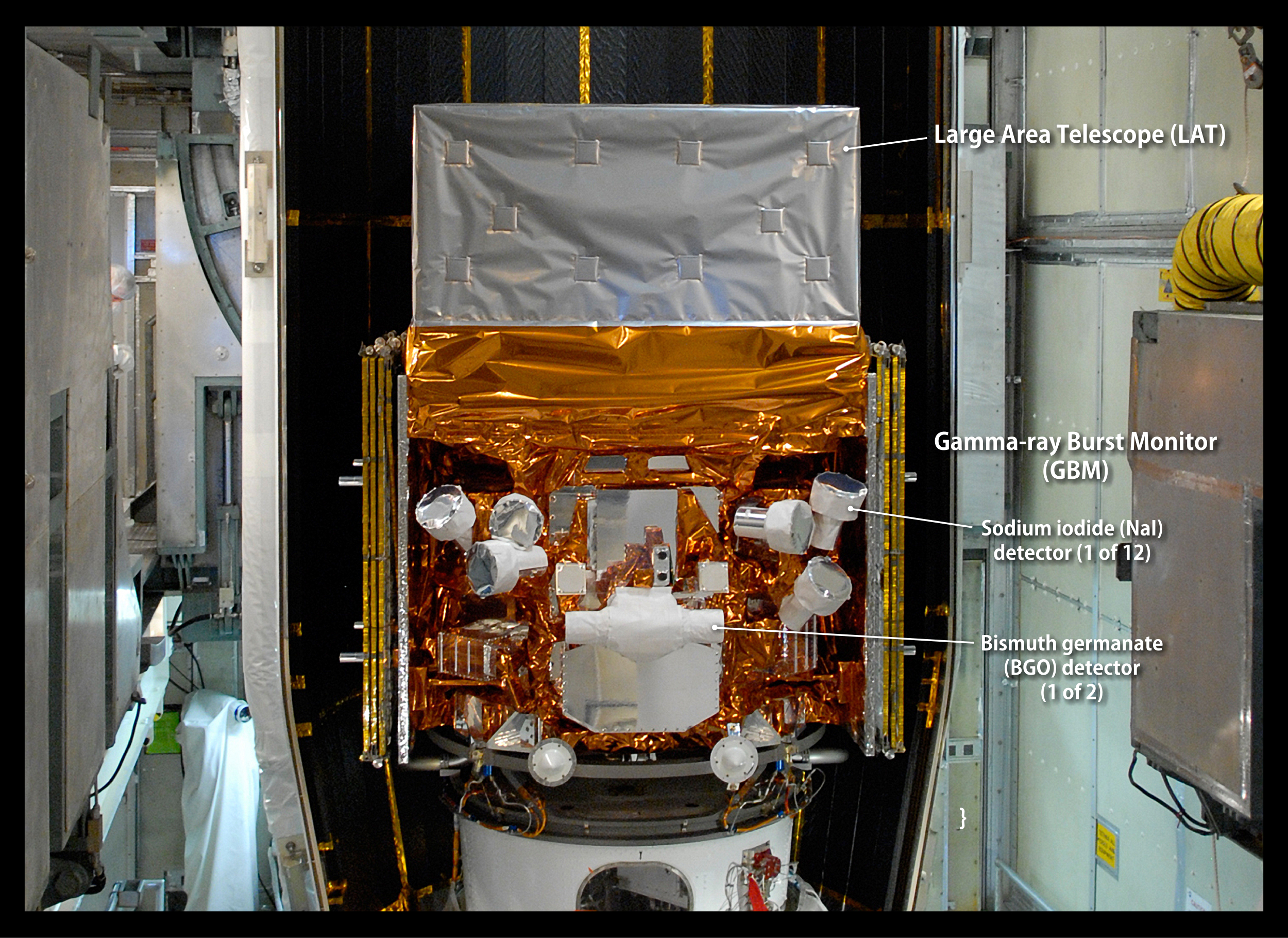
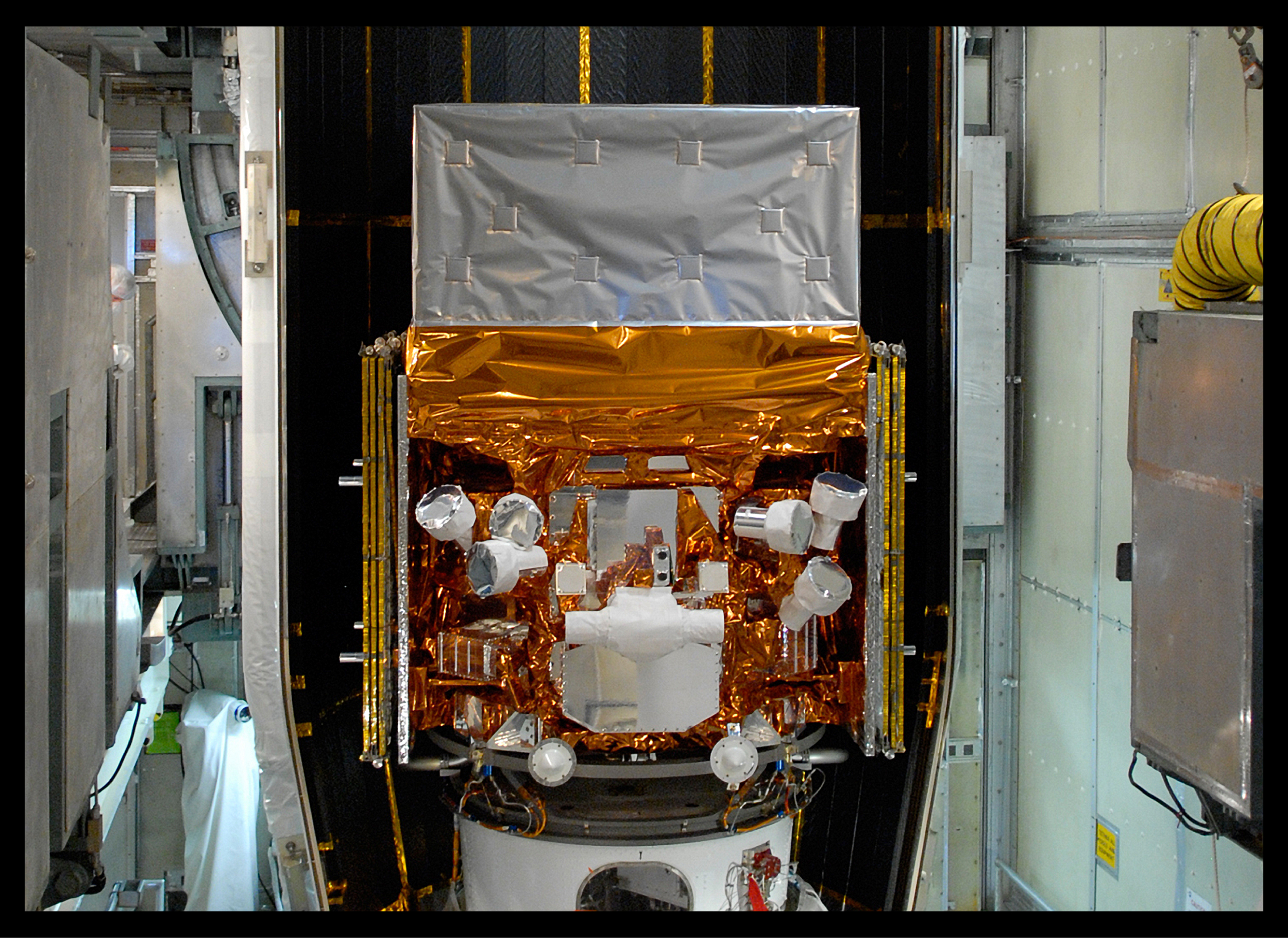
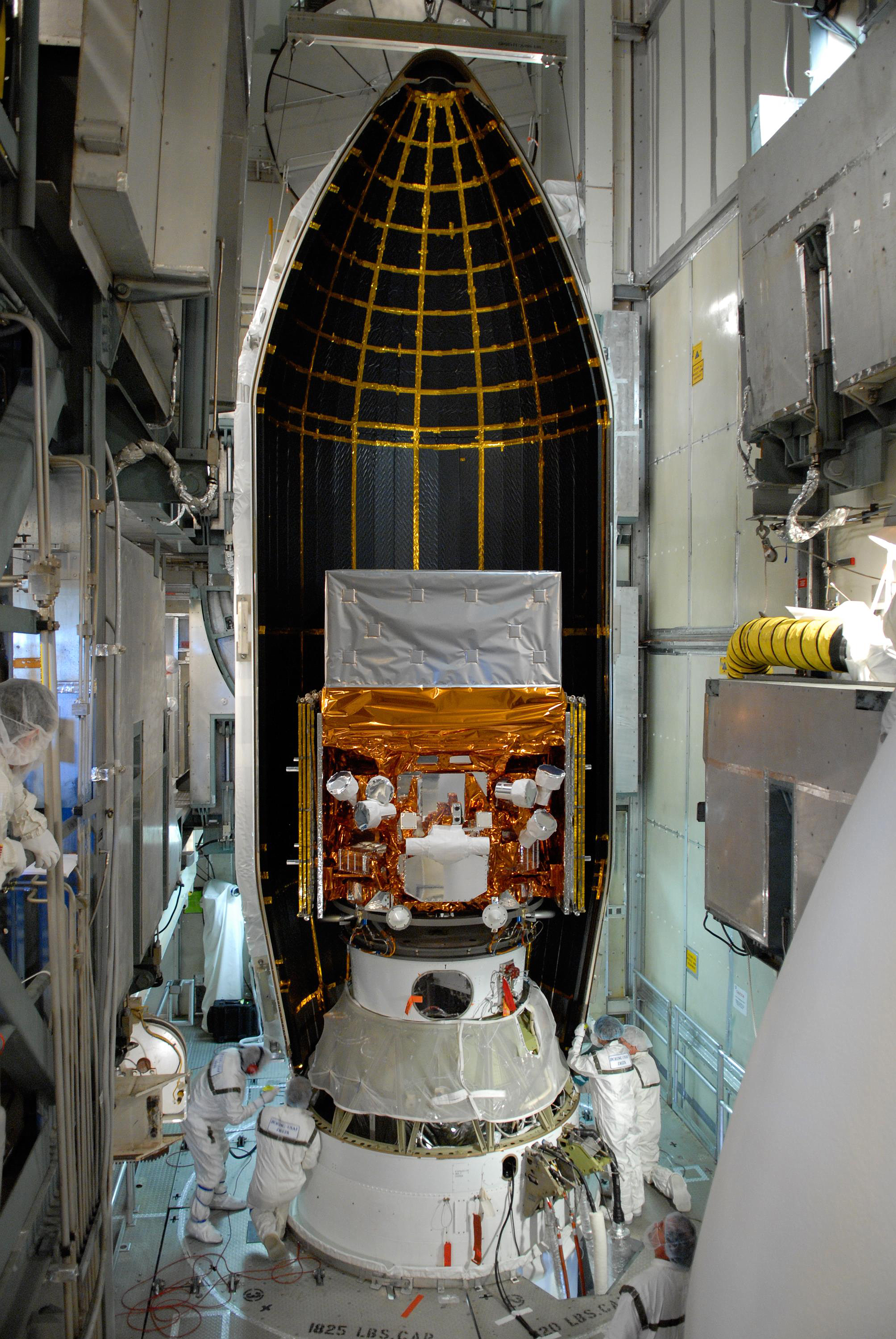
Related
For More Information
Credits
Scott Wiessinger (USRA): Animator
Hal Pierce (SSAI): Animator
Joseph Dwyer (FIT): Animator
Scott Wiessinger (USRA): Video Editor
Scott Wiessinger (USRA): Narrator
Scott Wiessinger (USRA): Producer
Valerie Connaughton (NASA MSFC/University of Alabama): Scientist
Michael Briggs (NASA/MSFC): Scientist
Francis Reddy (Syneren Technologies): Writer
Scott Wiessinger (USRA): Writer
NASA/Goddard Space Flight Center. However, individual images should be credited as indicated above.
https://svs.gsfc.nasa.gov/11131
Mission:
Fermi Gamma-ray Space Telescope
Data Used:
Fermi/Gamma Ray Burst Monitor/Terrestrial Gamma Flashes also referred to as: Fermi GBM TGF
Data Compilation - NASA/MSFCThis item is part of these series:
Narrated Movies
Astrophysics Features
Goddard TV Tape:
G2012-115 -- Fermi TGF Radio
Keywords:
SVS >> HDTV
SVS >> Lightning
SVS >> Music
SVS >> Storm
GCMD >> Earth Science >> Spectral/Engineering >> Gamma Ray
GCMD >> Earth Science >> Spectral/Engineering >> Radio Wave
SVS >> Astrophysics
SVS >> Edited Feature
SVS >> Fermi
DLESE >> Narrated
NASA Science >> Universe
GCMD keywords can be found on the Internet with the following citation: Olsen, L.M., G. Major, K. Shein, J. Scialdone, S. Ritz, T. Stevens, M. Morahan, A. Aleman, R. Vogel, S. Leicester, H. Weir, M. Meaux, S. Grebas, C.Solomon, M. Holland, T. Northcutt, R. A. Restrepo, R. Bilodeau, 2013. NASA/Global Change Master Directory (GCMD) Earth Science Keywords. Version 8.0.0.0.0
